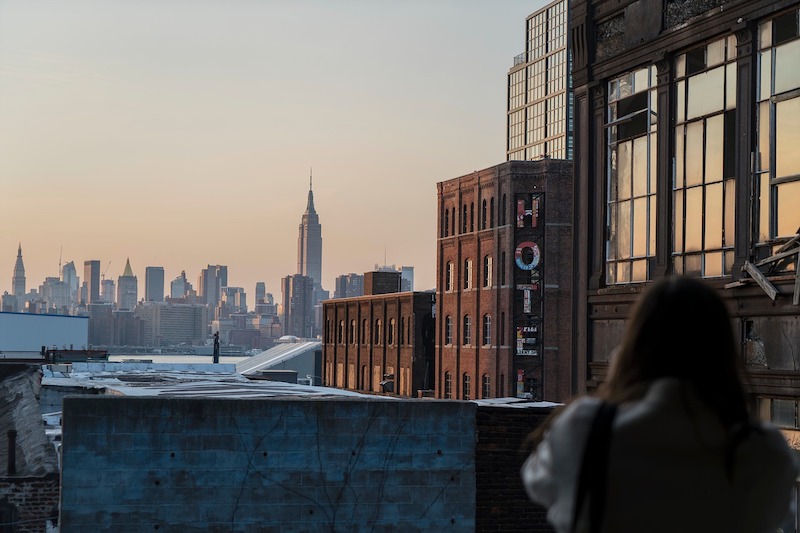In its fall report, buoyed by a steady consumer-driven economy, analysts at Lodging Econometrics (LE) reported that the total U.S. construction pipeline stood at 5,704 projects/700,496 rooms, up 6% by projects and 8% by rooms year-over-year (YOY). Pipeline totals continue to climb closer to the all-time high of 5,883 projects/785,547 rooms reached in the second quarter of 2008, and are just 179 projects shy.
In its eighth consecutive quarter of growth, projects currently under construction stand at 1,729 projects/235,278 rooms, the highest count recorded since the second quarter of 2008. Projects scheduled to start construction in the next 12 months, currently 44% of all pipeline projects, was 2,479 projects/286,125 rooms, very close to the all-time high set in 2009. It’s up a whopping 16% in projects and 13% in rooms, YOY. Projects in the early planning stage stand at 1,496 projects/179,093 rooms.
But as a result of declines in commercial investment brought about by the indecision caused by the global slowdown and the prolonged tariff imbroglio, this is the second quarter in a row where construction starts have declined, an indicator that pipelines growth may top out in late 2020/2021.
Through the end of the third quarter, 704 new hotels with 81,111 rooms opened across the U.S. with another 299 projects/33,059 rooms expected to open by year-end. New hotel openings in the LE forecast for 2020 stand at 1,112 new hotels/122,702 rooms followed by 1,126 new hotels/130,447 rooms scheduled to open in 2021.
This quarter is the first time this cycle where supply growth at 2% has risen and drawn even with demand growth which has fallen to 2%. In 2019, 16 of the top 25 markets show occupancy declines YOY while 11 markets show RevPAR declines.
Related Stories
| Sep 8, 2011
USGBC Revises Energy Demand Response Credit
Originally launched in 2010, the revised and enhanced Demand Response Pilot Credit establishes guidelines that are anticipated to increase participation in automated energy demand response programs.
| Sep 8, 2011
Water Safety in Buildings Guide Published by World Health Organization (WHO)
This WHO book provides guidance for managing water supplies in buildings where people may drink water, use water for food preparation, wash, shower, swim or use water for other recreational activities or be exposed to aerosols produced by water-using devices, such as cooling towers.
| Sep 7, 2011
NFPA Fire & Life Safety Conference in December
Presentations on recent Fire Protection Research Foundation projects, how September 11th and the Triangle Shirtwaist Factory fire affected high rise design, and a panel discussion on emerging code issues will be featured at the National Fire Protection Association (NFPA)’s Fire & Life Safety Conference on December 12-14 in Orlando, FL.The meeting will include more than 60 educational sessions in which participants can earn continuing education units (CEUs). Presentations will be led by NFPA staff experts and technical committee members, and will be organized in four tracks – building and life safety, detection and alarm, fire suppression, and codes and standards. For more information, visit www.nfpa.org/FLSCONF.
| Sep 1, 2011
Project Aims to Automate Code Compliance Assessment
FIATECH, a consortium of owners from the industrial, power, and retail markets that build large structures, launched a project this year to validate the use of automation technology for code compliance assessment, and to accelerate the regulatory approval process using building models. Long-term objectives include the development of an extensive, open-source rule set library that is approved by industry and regulatory bodies for use by technology developers and code officials.
| Sep 1, 2011
EPA Says Additional Lead Paint Cleaning Rules Not Necessary
The EPA has concluded that current Lead: Renovation, Repair, and Painting Program (LRRP) cleaning requirements and lead-safe work regulations are sufficient to protect the public from lead dust hazards. “Our members have been instrumental in contacting legislators to detail the detrimental impact of the current LRRP," says Richard Walker, American Architectural Manufacturers Association’s president and CEO. “This collective industry voice has prompted the EPA to make the responsible decision to refrain from adding further, unnecessary costs to homeowners under the current economic climate."http://www.aamanet.org/news/1/10/0/all/603/aama-commends-its-members-congress-for-vacating-lrrp-clearance-rule
| Aug 11, 2010
Best AEC Firms of 2011/12
Later this year, we will launch Best AEC Firms 2012. We’re looking for firms that create truly positive workplaces for their AEC professionals and support staff. Keep an eye on this page for entry information. +







